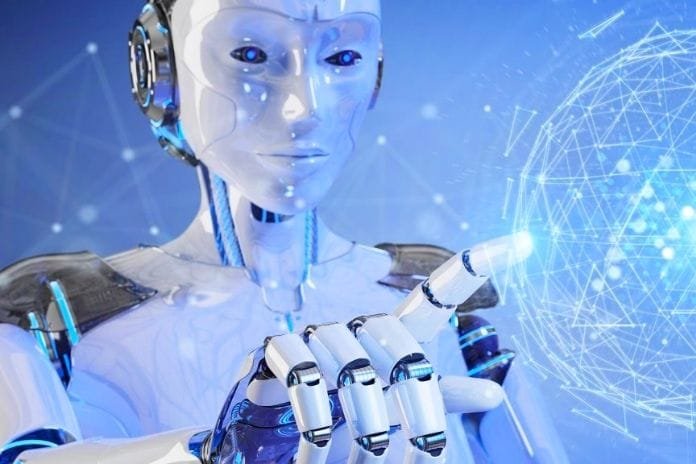We all know very well that robotics is the future. We all dream of a more automated future, where we can leave repetitive and physically demanding jobs in the hands of robust machines and advanced artificial intelligence.
At the same time, we can focus on our talents and ambitions and our families and leisure. However, all this depends on advances in this enigmatic area of robotics. After all, what exactly is it about? How do roboticists develop advances in this area? How complex can it be? And, of course, how close are we to the time when that dream will come true?
Evolution
The term “robotics,” on the other hand, was coined by the writer Isaac Asimov, one of the classic authors of science fiction, known for the collection of short stories “I, Robot” (which served as the basis for the film of the same name) and for the series of stories “Robots” and “Foundation,” in addition to the creation of the classic “Three Laws of Robotics.”
Although robots and other artificial beings were part of our literature and even ancient mythologies (where they were known as “automatons”), robotics as a science and technology still took a while to develop fully.
The first robots were born due to the advances of industrial revolutions and were machines that were part of the manufacturing process. In this case, they were programmable mechanical arms designed to handle heavy objects and automate more complex processes.
Advances in this area, driven mainly by science fiction, showed that humanoid robots could emerge in the future and probably have structures that function similar to human organs and systems. The area of cybernetics arises from this, a branch of science that studies and develops artificial systems based on biological systems.
With technological advances in electronics, computing, and mechanical engineering, it was possible to develop increasingly smaller, more complex, and precise machines.
How Is She Currently
Robotics was born out of science fiction. The biggest challenge of robotics is that it encompasses multiple areas of science and engineering. Mechanical engineering, mechatronics engineering, artificial intelligence, speech synthesis, natural language interpretation, computer vision, computer engineering, computer science, and materials engineering, among many others, contribute to the development of robotics.
To make any progress in this area, there must first be advances in these other areas, and then someone must be able to unite all these advances in the same project. It is a multidisciplinary area that needs experienced professionals in their areas and is capable of cooperating in the name of the success of the projects they are part of. Apart from the necessary investments, humanoid robots’ development is currently much more an area of research than product development. These are very long-term investments, and not every company has the resources to do so.
However, although we have not yet reached the level of technological development present in Asimov’s works, it is clear that we are already getting close. Sophia, for example, is one of the most human-like robots in existence today. It was developed to converse like a human being by interpreting and synthesizing voice together with generating answers to the questions it receives and by interpreting and synthesizing facial expressions and gestures.
Still, there is a long way to go. Sophia doesn’t always give answers that make sense due to voice recognition, input interpretation, and response development; problems are also present in voice assistants like Alexa and Siri. Also, she still can’t walk like a human. The initial focus was on her conversational skills, and she only started to “learn to walk” two years after her debut.
Conclusion
But even so, research continues. And with the speed of technology development, it won’t be long before all these problems go away. Scientists, universities, and companies worldwide dedicate a lot of time and resources to making these science-fiction dreams come true, thereby improving our quality of life a lot.
Also Read: The Benefits Of Robotics Innovation In Industries



